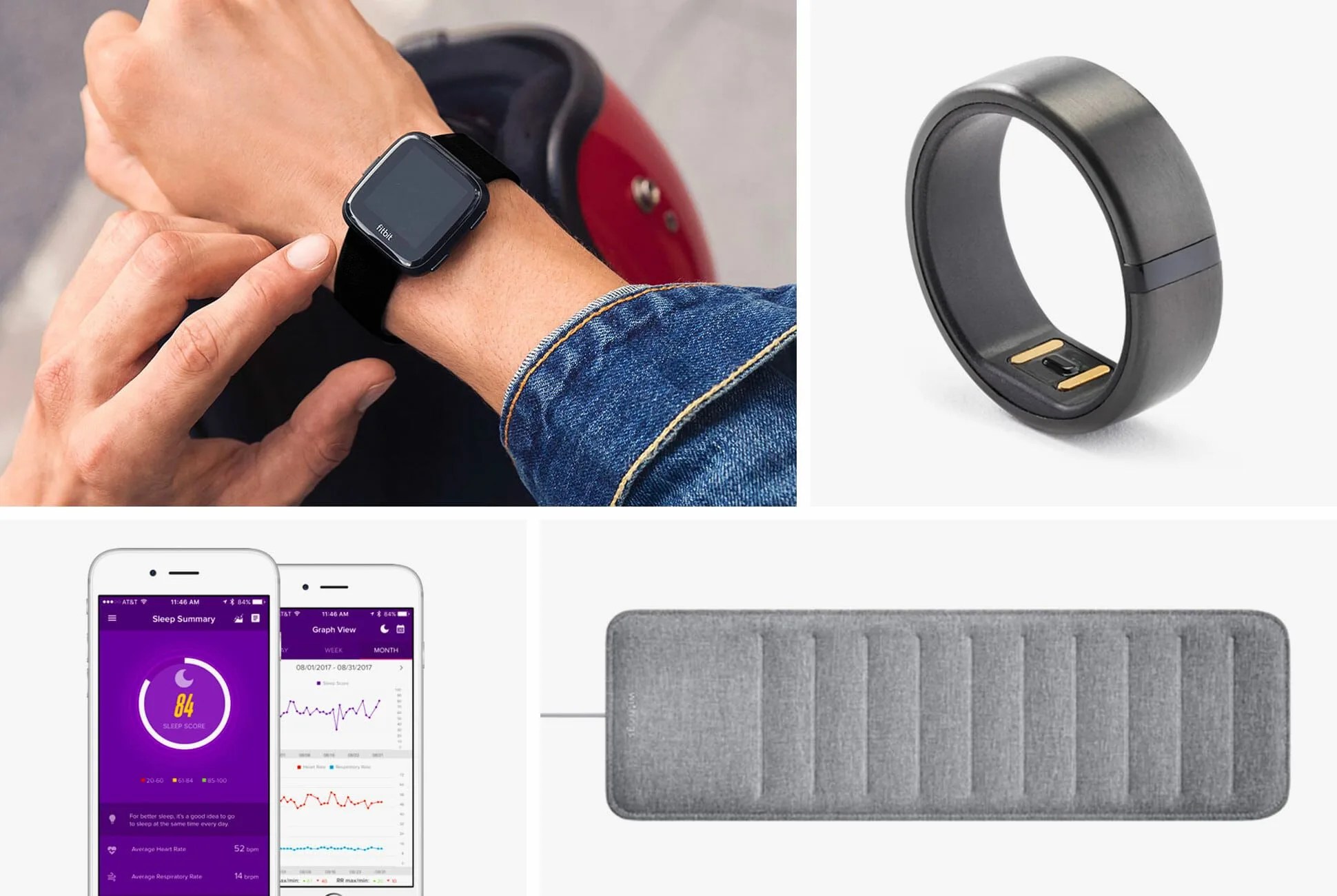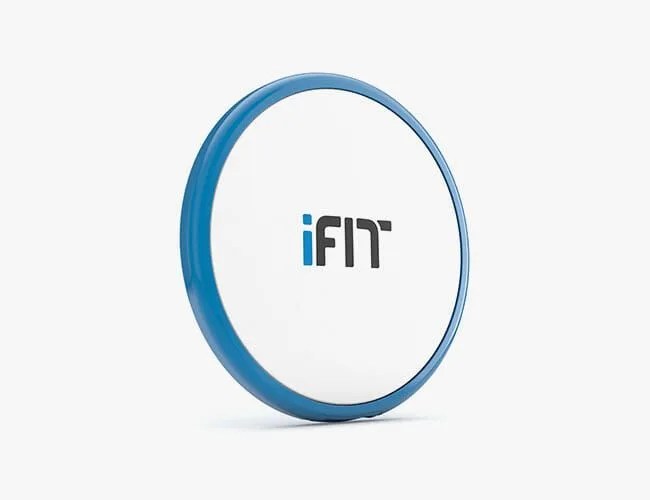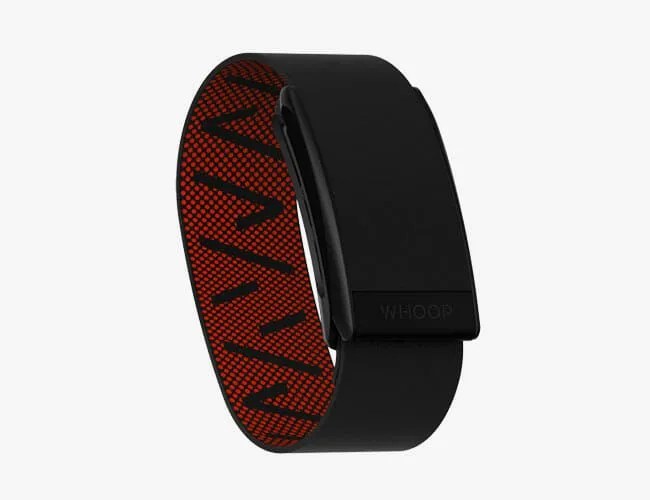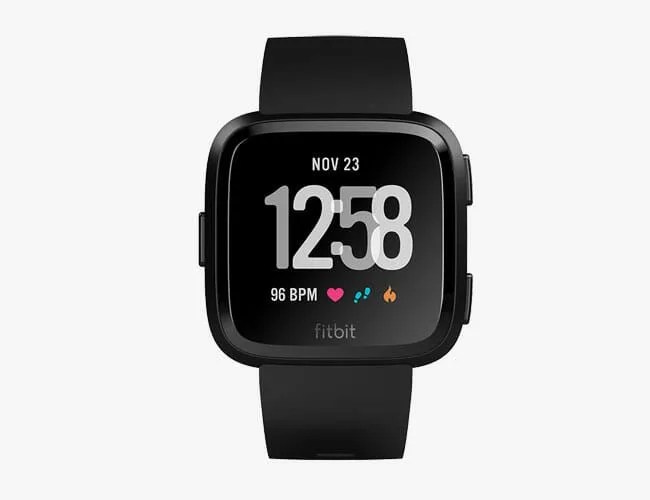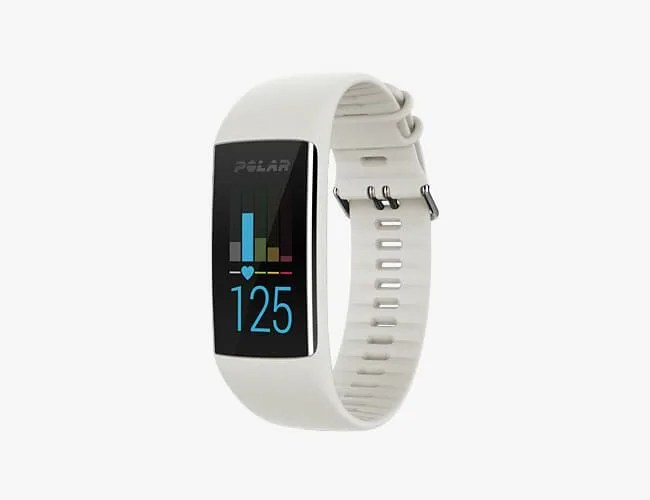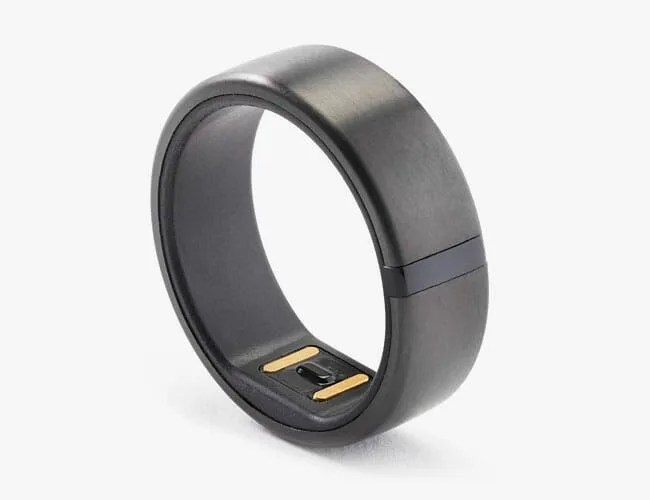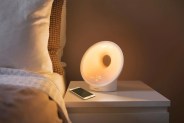“Sleep is roughly one-third of your life, and you don’t want it to be a mystery,” Will Ahmed, founder of Whoop, a fitness and wellness tracker, says. “Sleep is when your body is repairing [itself], so 95 percent of your body’s human growth hormone is created during sleep.” Which is to say that this is when your body is doing a huge amount of recovery work, especially after a hard workout. The first step to improving sleep is to gauge how much you’re actually getting. While the accepted amount is somewhere between seven and nine hours for adults, you might need more than that. “Sleep is so incredibly personal,” Dr. Lorenzo Turicchia, a sleep scientist at Bedgear, a performance sleep brand that makes mattresses and pillows for athletes, says. “I recommend paying attention to when you wake up feeling refreshed and see what your data looks like.” The only hard data you can really track is time spent in bed, and then you can use that to deduce the number of hours you were actually asleep. The other things, like sleep cycles and interruptions and pre-bed habits, are just nice-to-haves that you can personally draw from.
There are many wearables and apps available to give you a plethora of data points and the one point you want to pay attention to is sleep time. “Getting into bed at 11 PM and getting out of bed at 6 AM does not mean you automatically got seven hours of sleep,” Dr. Turicchia says. “Tracking could help you understand the number of hours you log each night, providing you with more data to help you prioritize your rest so you can feel more awake during the day.” The CDC recommends seven or more hours per night for everyone 18 and older, and the American Academy of Sleep Medicine agrees. Wearables and a good old pen and paper are useful to help you log and monitor how many hours of sleep you’re getting. The key is that you use something that’s easy for you to remember — whether it’s a device you wear on your wrist, finger or slip under your mattress — you want to “set it and forget it,” Matt Delaney says. He’s the head of innovation at Equinox gym and founder of the sleep coaching program there.
Once you have the stats on your sleep, it can be overwhelming to know what to do with them. Look at the time you go to bed first — “most people fluctuate sleep and wake times a considerable amount,” Delaney says. It’s likely different on weekdays versus weekends. “If your schedule has a bunch of variability in it your body will have a tough time adapting to a consistent schedule,” Delaney says. Use the tracker to identify nights where, “I went to bed two hours later this night, but ended up wake up same time, so [I got] two hours less of sleep,” Delaney says. Once you identify those trends, you can use that to “systematically attack each one, fixing each until you get one handled,” Delaney says.
The goal with sleep tracking is to understand it — and everything you do that affects it. The watches can’t tell you how to use the data but, if you watch for patterns in your sleep in comparison to, say, your workout or eating habits, you can determine where improvements can be made to optimize your sleep. “There are all sorts of things you’re doing in the other 20 hours of the day that affect how you sleep later,” Ahmed says.
Here are five devices you can use to get the down low on your data so you can start tracking.
The Gear You Need
Withings/Nokia Sleep Tracking Pad
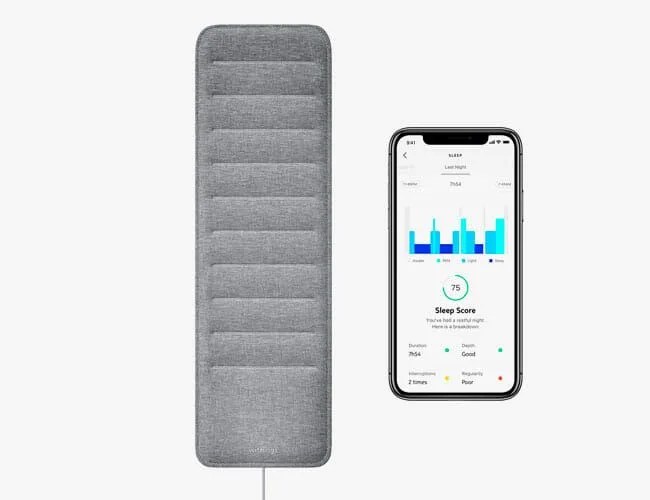
The Sleep Tracking Pad is what I use every night — it slides under my mattress and spits out a variety of stats via the Health Mate app. I never have to think about it, which is why I like it. I can open up the app any time of the day, and it will connect to the device through Wifi to let me know how many hours I logged last night. Each morning I get a sleep score based on how long I was asleep, how many interruptions I had, how much time it took me to fall asleep and what time I got up.
